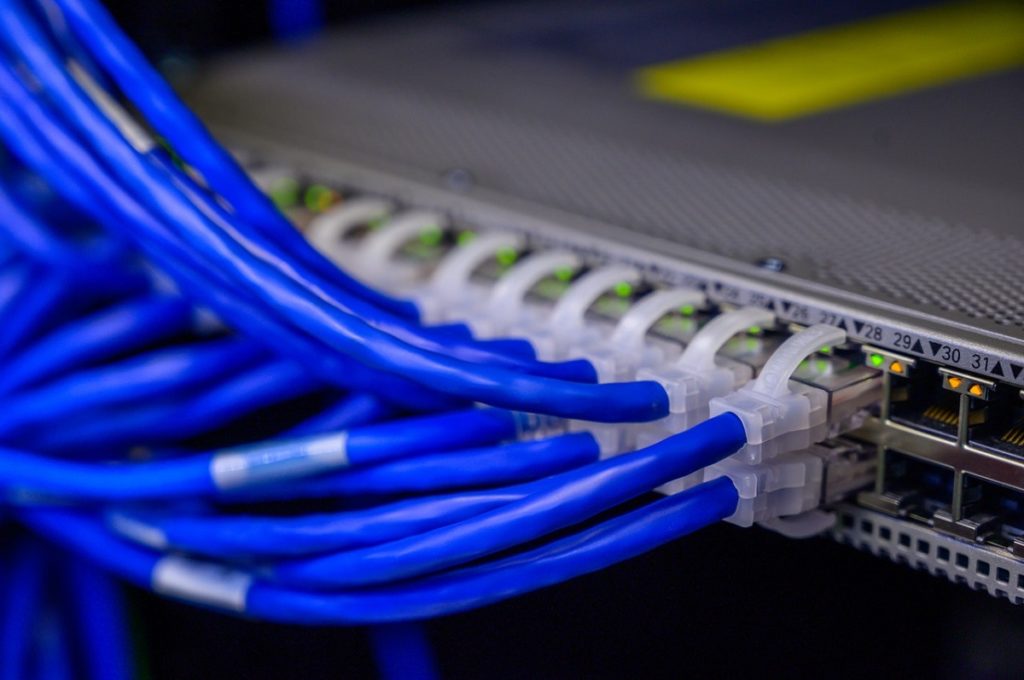Network connections require numerous cables running from one storage area to another. If you don’t think about it properly, there’s a huge chance that you’ll end up with a messy network connection with cables running everywhere.
Aside from being unsightly, this actually heightens the risk of accidents and transmission failures. That’s why this article will teach you how to plan for a network connection and how to do it safely.
Mistakes to Avoid When Running Network Cables
If this is your first time running network cables, you’ll inevitably face many challenges that often end in mistakes. We want to make sure you get to avoid that as much as possible, so you may want to take note of the common mistakes people commit in terms of running network cables.
Failing to Plan
At the end of the day, network cabling all boils down to planning. If you don’t think about the future, prepare for the mess that this will bring.
We often see this in rookies who tend to plug cables to various ports and leave the rest on the floor. Pretty soon, it’s a network cabling nightmare. Make sure that you plan your network infrastructure ahead of time.
Not Using Specialized Flooring Solution
Data and static run through your cables, and if they are anywhere near the floor, you might encounter a few problems with electrostatic charge dissipation. Looking for a company that installs a flooring system for data centers would prove beneficial to your business.
Trusting Gravity
Don’t ever trust gravity when cabling your network. Some people assume that cable management is just about labeling the cables to make identification easier when the time comes that they need to plug and unplug some of them.
That said, when plugged at a higher port, there’s a huge chance that the weight of the cable will eventually pull it out of the port. Make sure that the cables you use are secured tight in their place.
Running Close to Electric Cables
It should be considered a cable management sin if you run your network cable beside electric cables. Just because they’re both cables, and the network cable has plenty of layers to protect it from interference and from overheating, doesn’t mean these two should go together.
Electric cables emit high electromagnetic frequencies that will eventually ruin your network cable connection. If you noticed your network connection is running slow, try to see if the cable is near electric wires.
Improperly Using Zip Ties
Zip ties, also known as wire ties in the network cabling world, are very popular in managing your cables, and for good reasons. You can easily group cables that need to go together with just a single zip tie.
That said, improper use of zip ties or overtightening them can compromise the integrity of the cables and damage the connection.

Network Cable Installation Guidelines
Now that you’ve seen the worst mistakes you could ever commit in network cabling, it’s time to find out how to actually be good at it. Although there are no rules in cable management, following the guidelines we’ve prepared below will certainly help you in the long run.
Organization
You’ve probably asked yourself whether the placement of your network cable affects its performance. Honestly, it does.
Cables that function differently should not be bundled together since this will dramatically reduce their speed. You also need to make sure that there are no wires exposed and you label both ends of the cable for easier identification.
Planning
Before using a cable, make sure that you test it out first. It’s a complete waste of time and energy when installing a cable to a fixed place only to find that it’s not working.
You also need to make sure that your cable is long enough to run along your walls, if possible. Keeping them in proximity to your other equipment may cause interference. If there are conductors nearby, keep at least two inches of space between them and the cable.
Cable Manipulation
Be very careful about organizing your cables. Keep in mind that their physical integrity significantly affects their performance. Bending them over their limit, leaving them twisting around, and even overstretching them to reach a certain distance would cause many problems in your connection.
Maintenance
The last thing you need in cable management is proper maintenance. There are times when you need to replace certain cables, and when you do, make sure that you remove the old one from the area.
Leaving old or bad cables near your working cables will only restrict the airflow around the room and even cause the room temperature to rise. Make sure that the cables are far from direct sunlight and leak.
Network cables have been a huge part of our businesses, even if we notice it or not. Having an adequate understanding of them will be extremely helpful for you in maximizing their potentials in connectivity.

